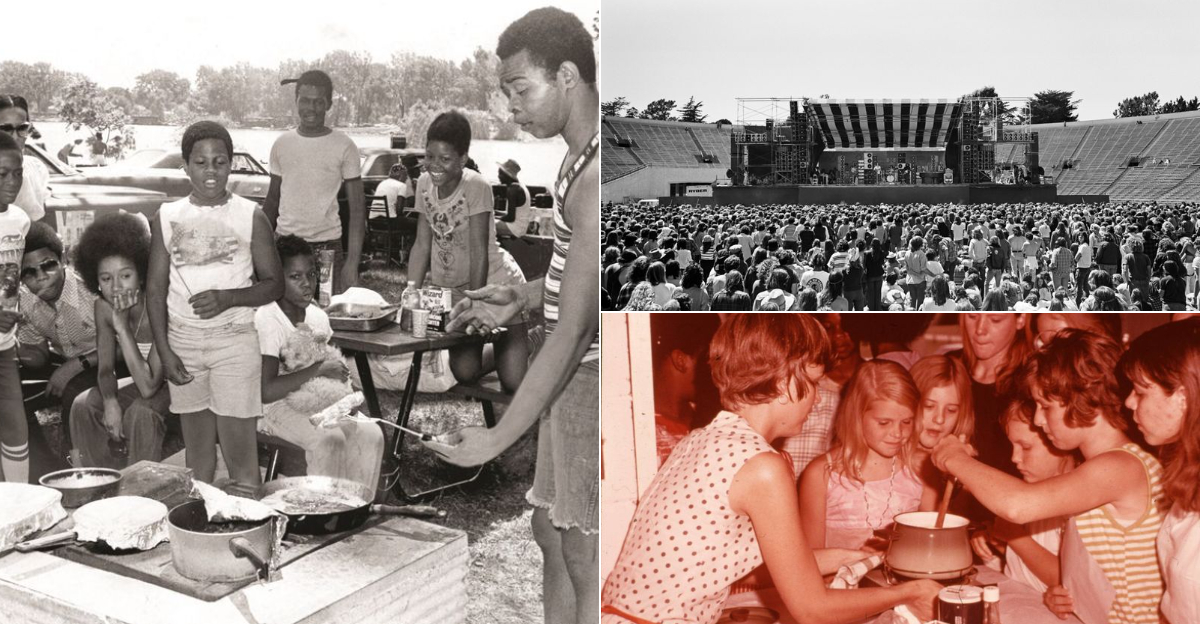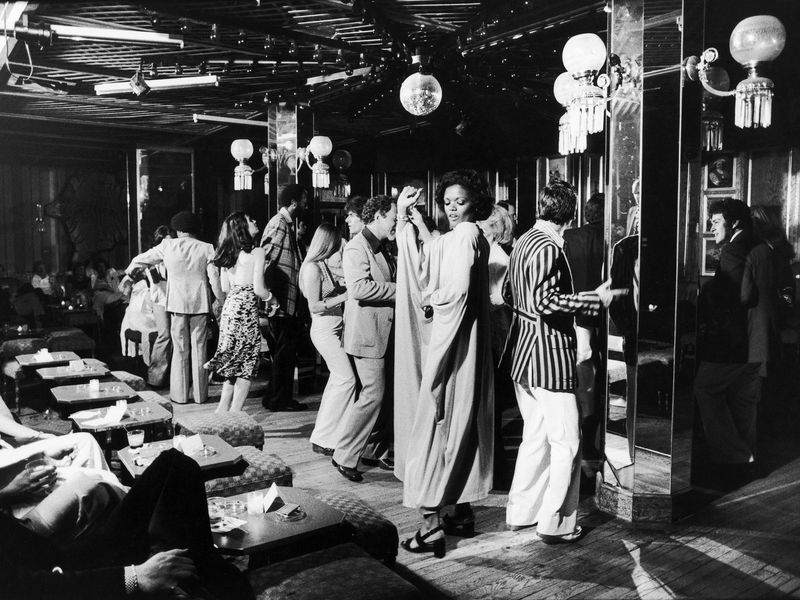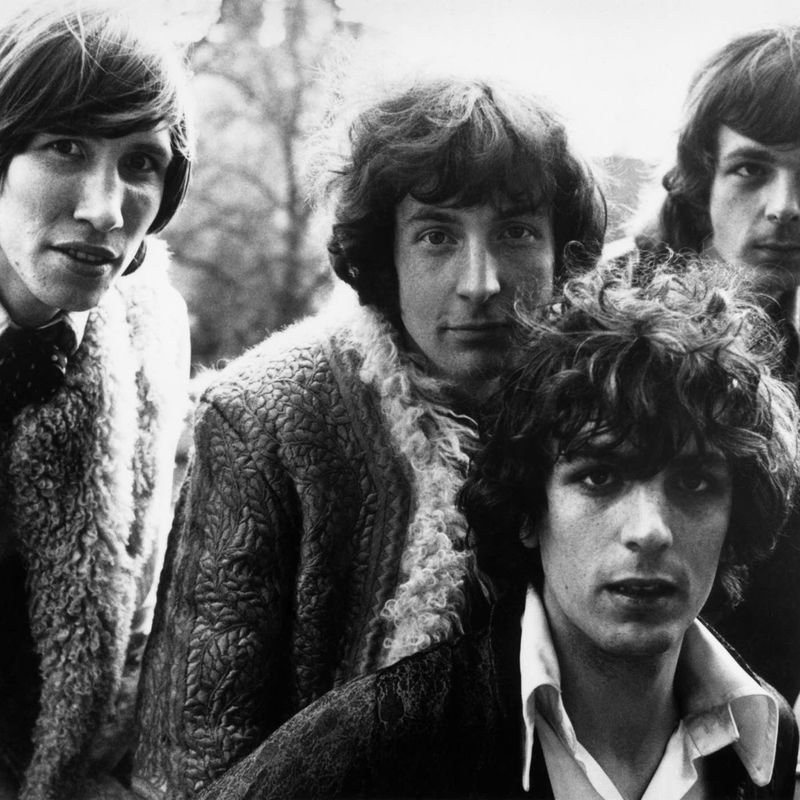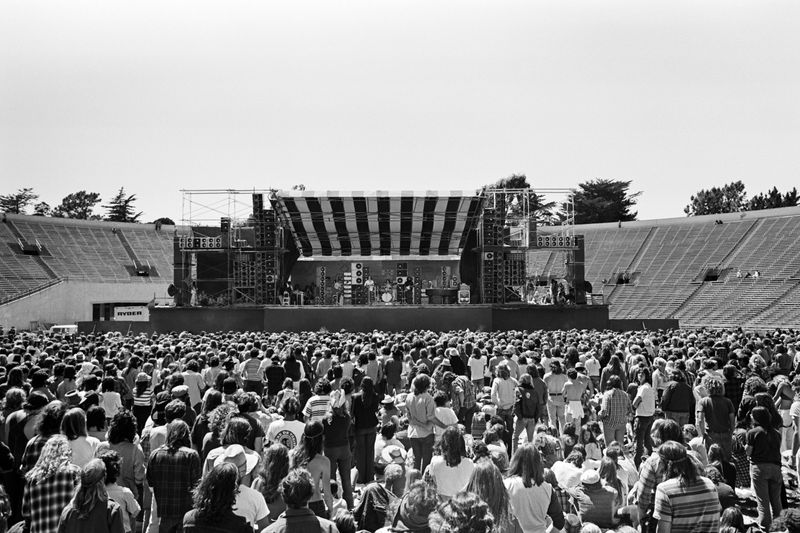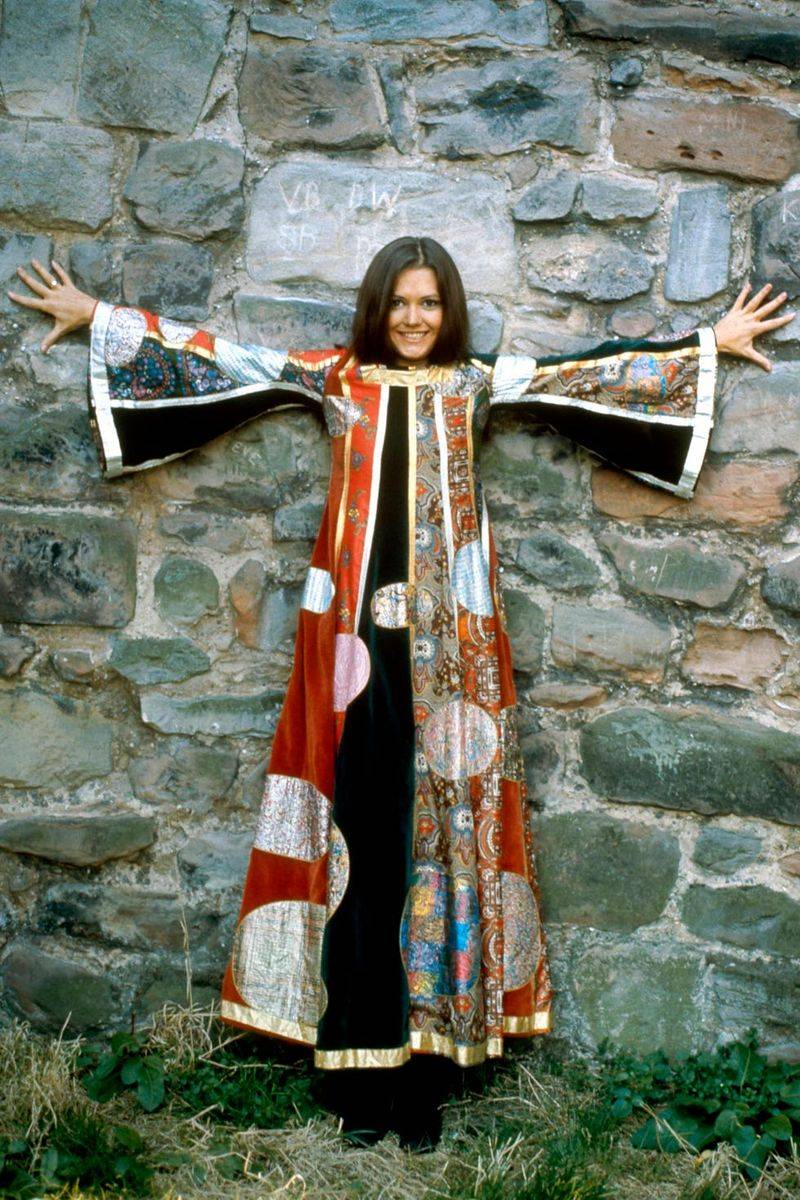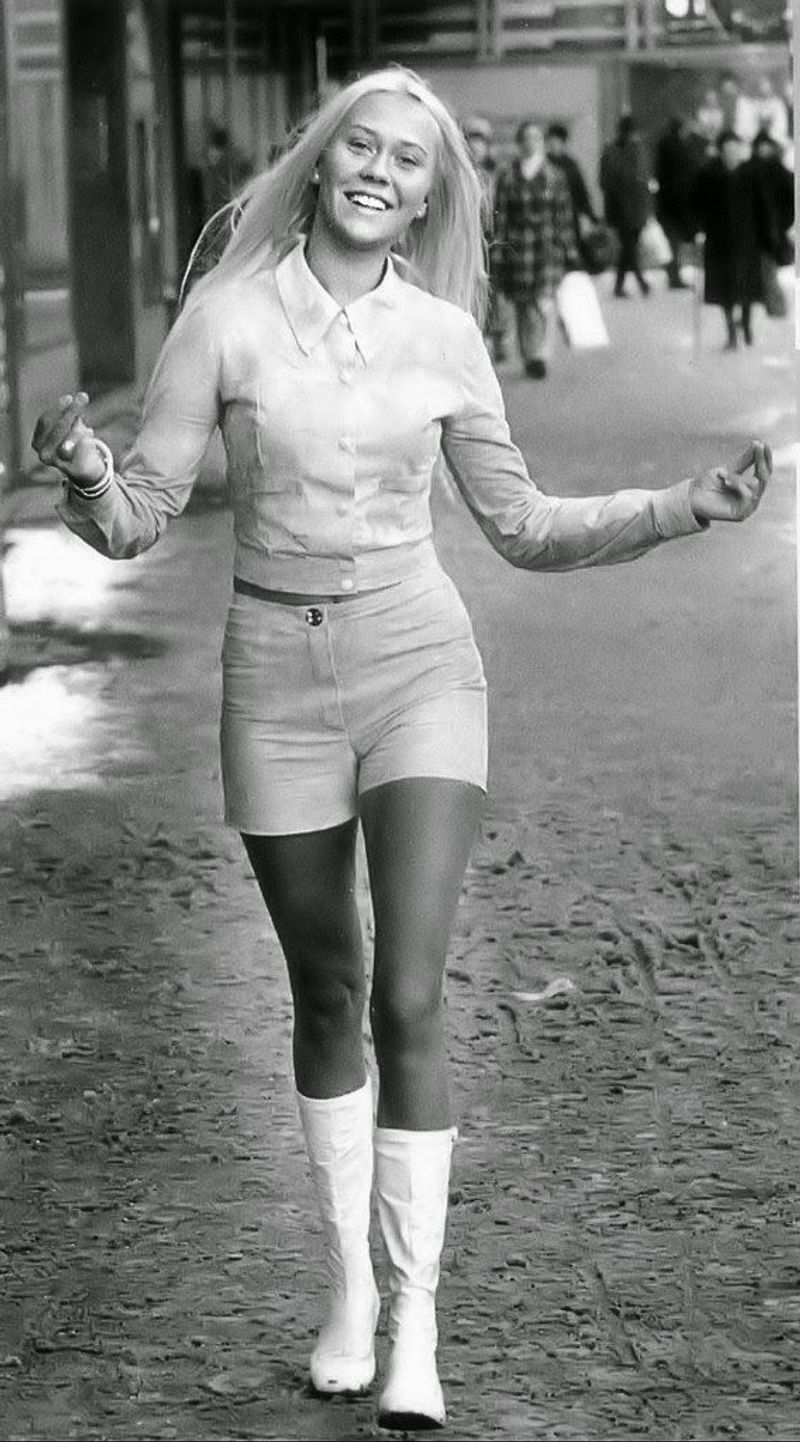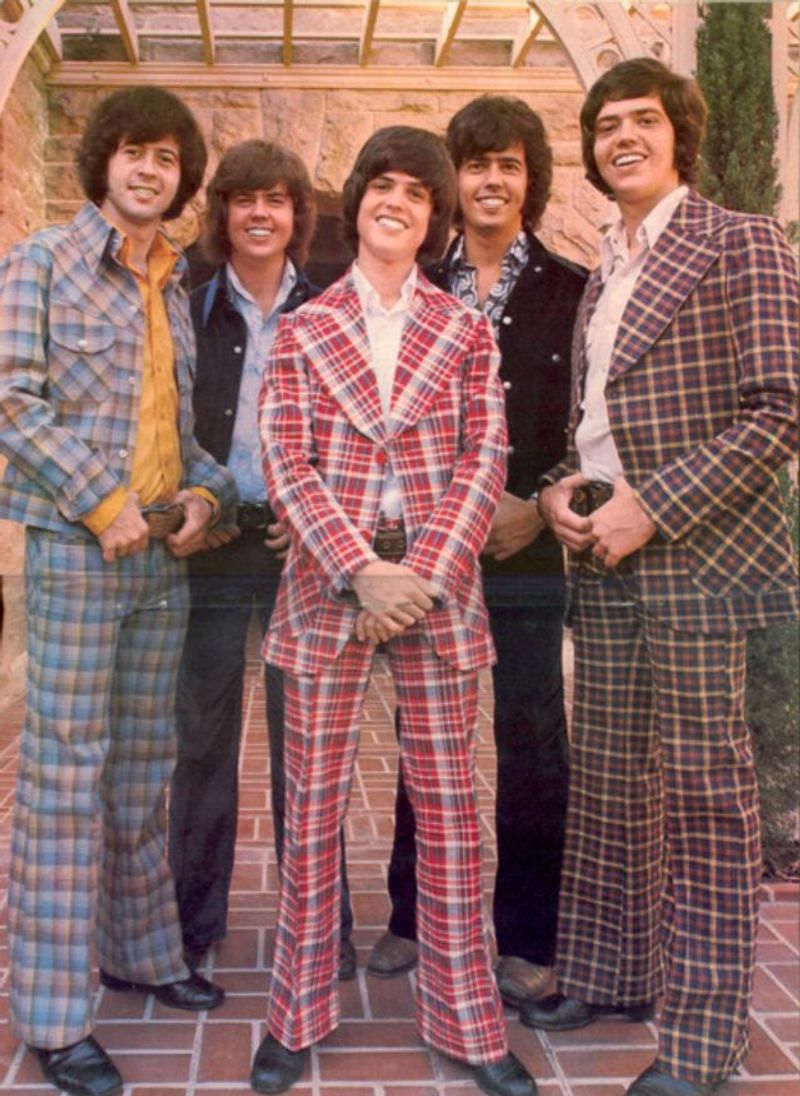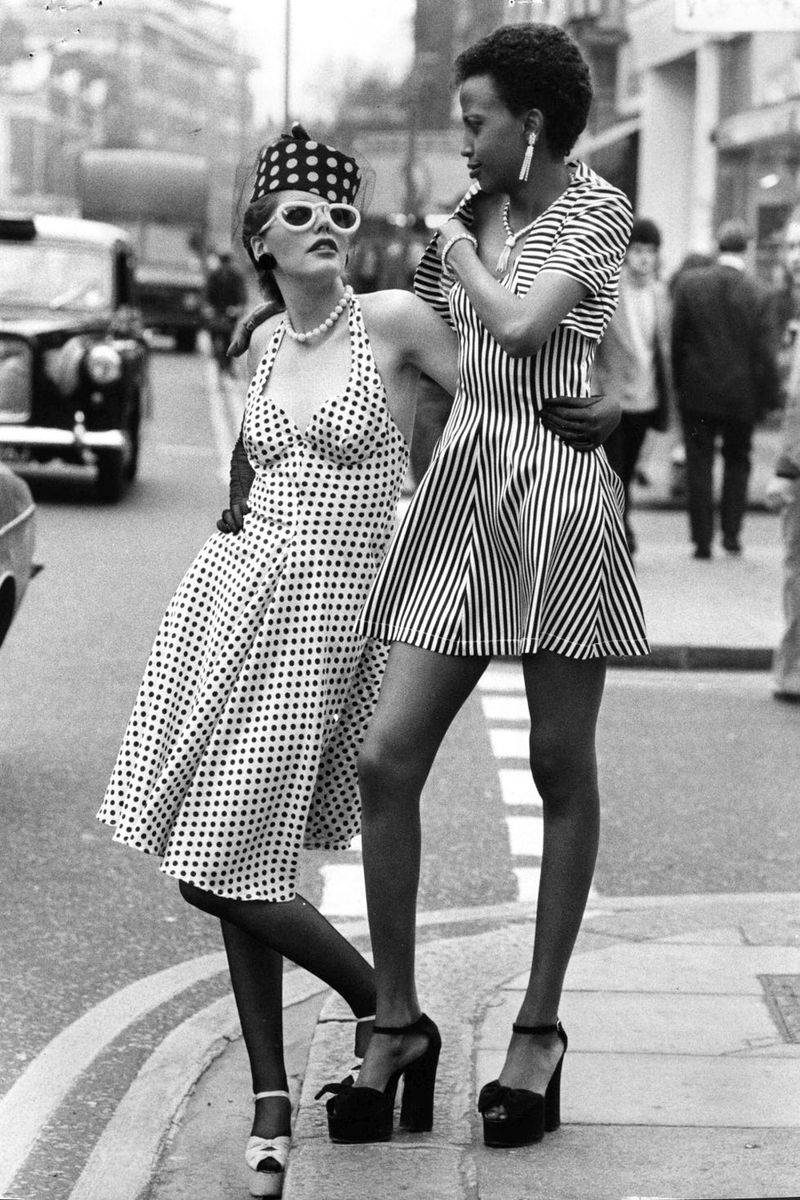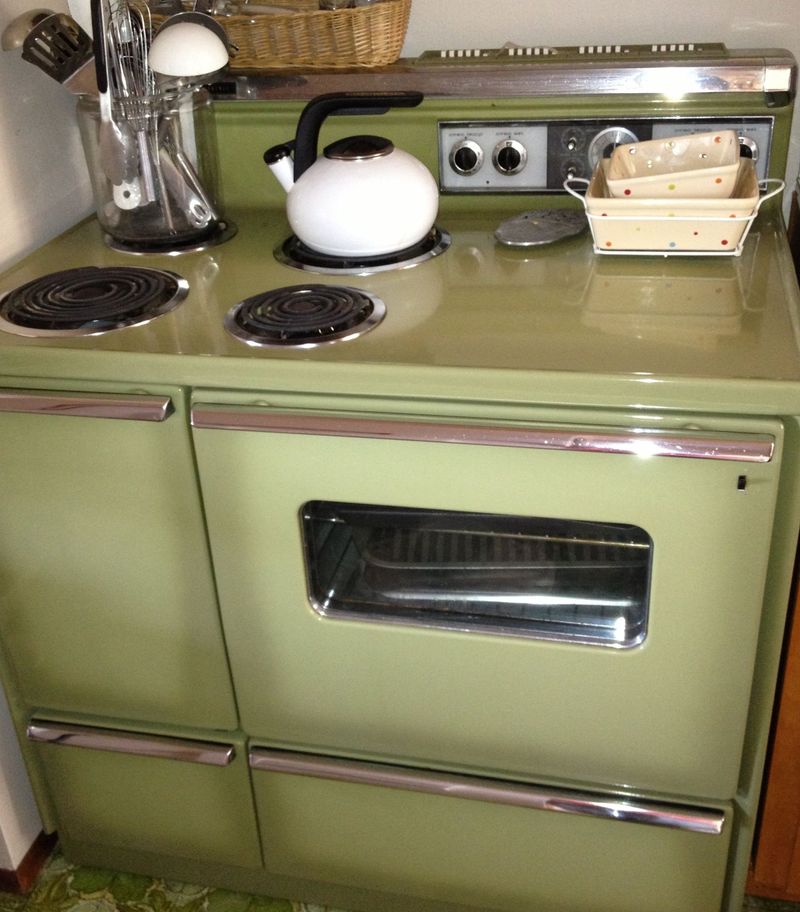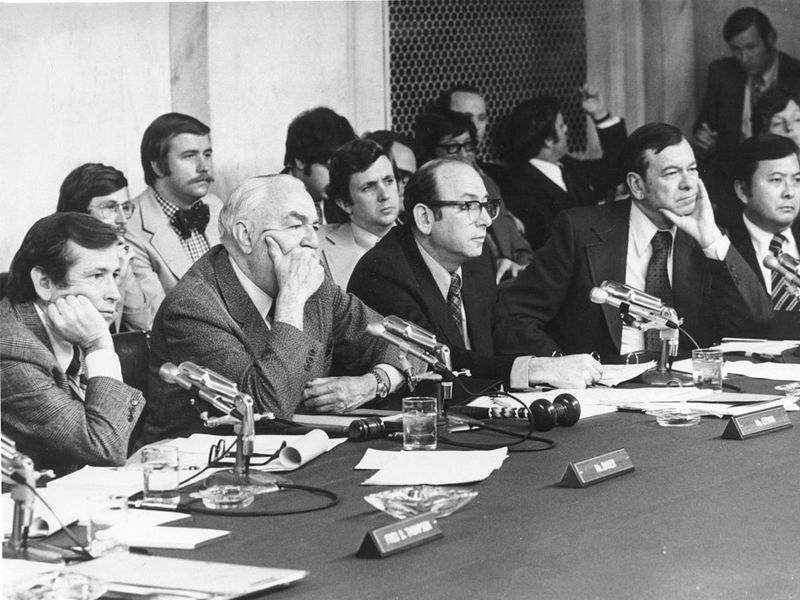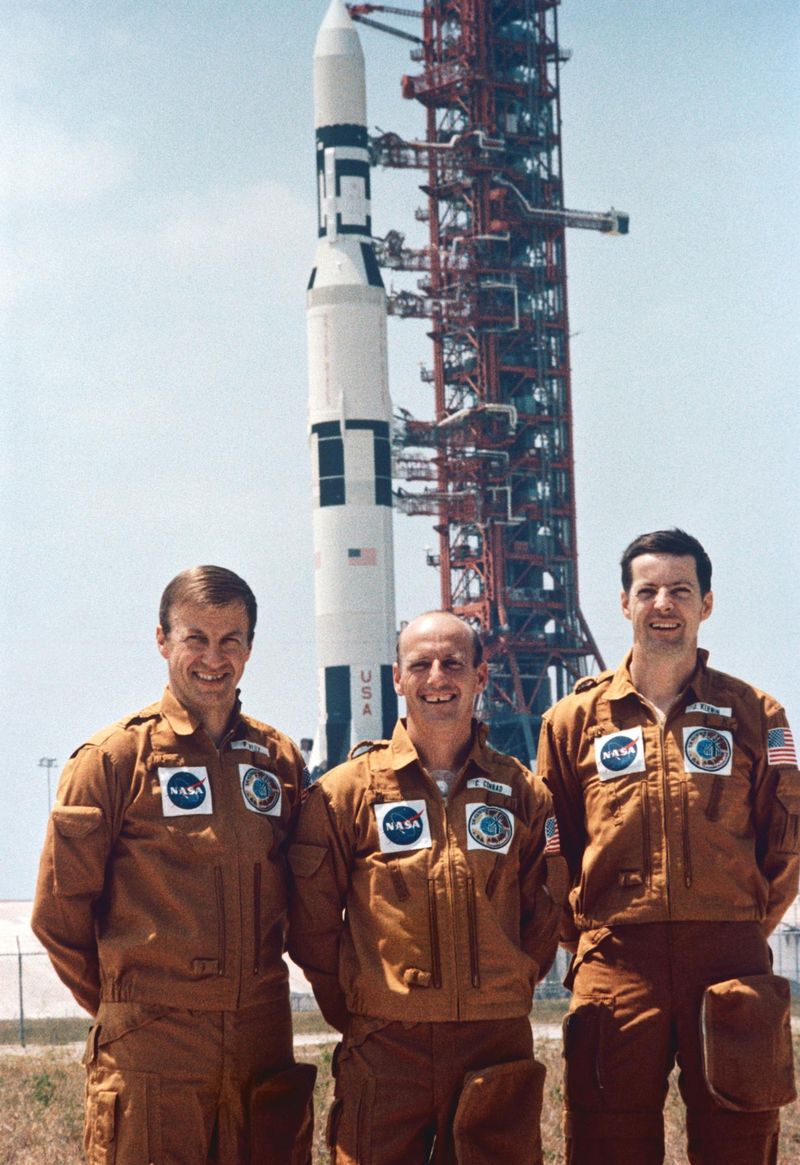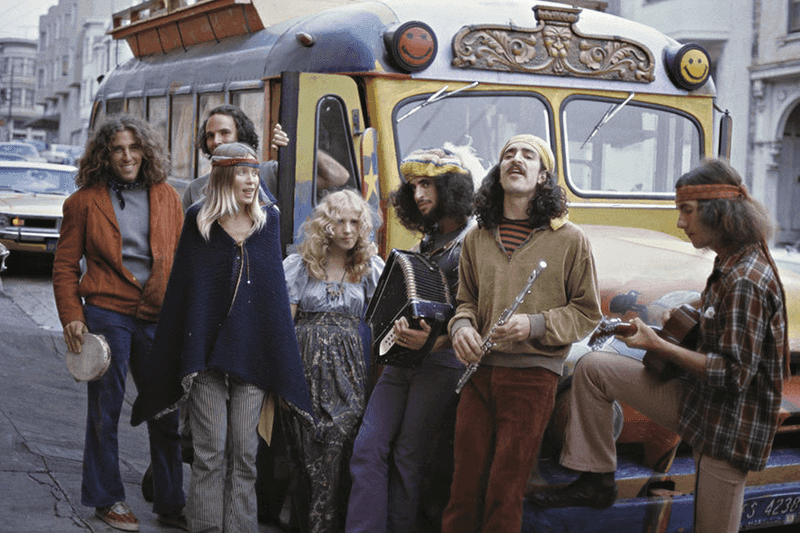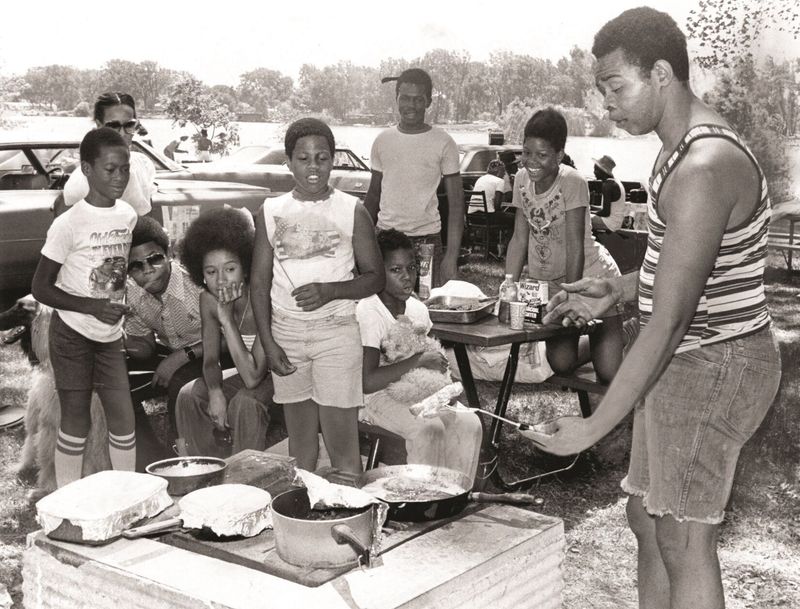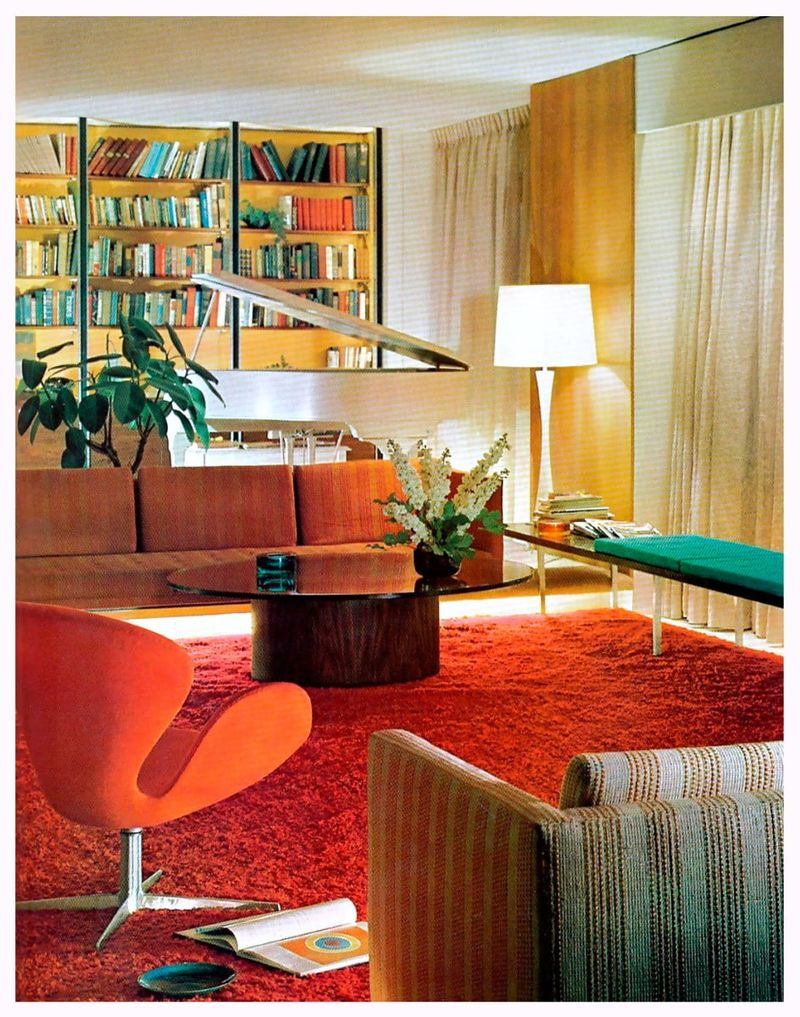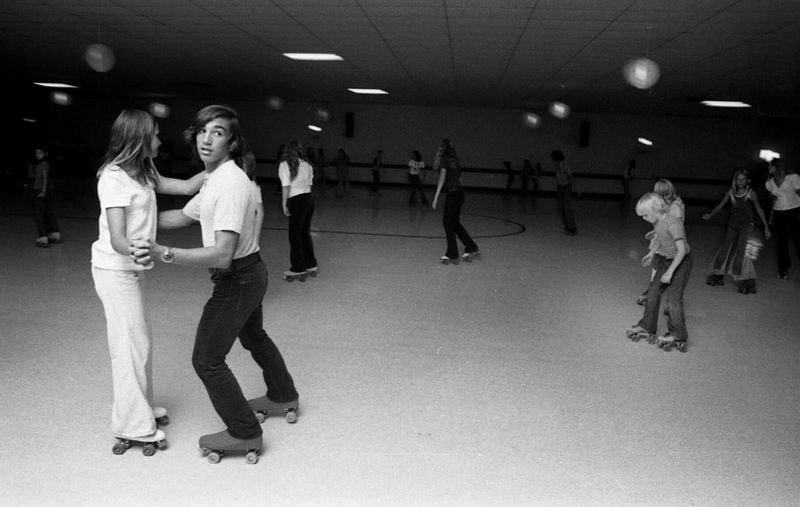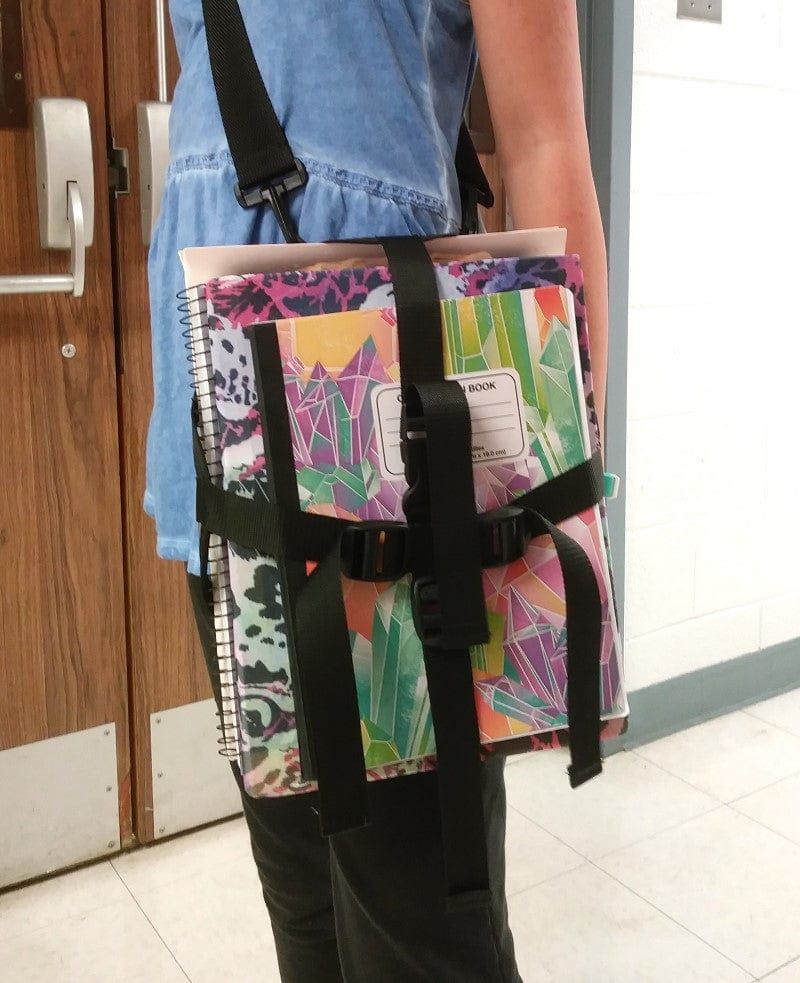1973 was a year of transformation and cultural milestones that shaped the future. From disco fever taking over dance floors to the iconic release of Pink Floyd’s ‘The Dark Side of the Moon’, the year was rife with influential events. Fashion saw bold trends with bell-bottoms and leisure suits, while technology took steps forward with Pong and the first cell phone call. As the oil embargo led to long gas lines, the Watergate hearings dominated the news. This blog explores 23 captivating photos that offer a vivid glimpse into the vibrant world of 1973.
1. Saturday Night Fever Begins: Disco Takes Over Dance Floors
In the early 1970s, disco fever swept across dance floors, drawing young people into nightclubs with its pulsating beats and vibrant energy. Bell-bottoms and platform shoes were the attire of choice, creating a kaleidoscope of colors and styles under the mesmerizing glitter ball. This era marked the beginning of a dance revolution, where every night out turned into a dazzling spectacle of rhythm and fun. The disco era wasn’t just a musical genre but a lifestyle that encapsulated the free spirit and vibrant culture of the time. A truly iconic period.
2. Pink Floyd Releases ‘The Dark Side of the Moon’
1973 witnessed a musical milestone with the release of Pink Floyd’s ‘The Dark Side of the Moon’. Fans eagerly lined up at record stores, clutching the album featuring its iconic prism cover. This album wasn’t just a collection of songs—it was an auditory journey that explored themes of time, space, and human experience. The record’s release became a cultural touchstone, influencing countless musicians and listeners. Its innovative use of sound effects and philosophical lyrics offered an immersive experience that resonated deeply, establishing it as one of the best-selling albums of all time.
3. Iconic Music Festivals
Music festivals in 1973 were all about energy and expression. With the rise of iconic bands, these gatherings became cultural landmarks. The vibe was electric, with diverse crowds celebrating under the open sky.
Often held in sprawling fields, these festivals offered more than just music. They were a melting pot of art, fashion, and new ideas, reflecting the spirit of the ’70s. People dressed in vibrant clothing, embracing freedom and creativity.
The festivals showcased legendary performances. Musicians connected with the audience, creating unforgettable memories. The legacy of these events still resonates today.
4. Bell-Bottoms & Maxi Dresses: The ’73 Silhouette
In 1973, fashion took on a bold new shape with the widespread popularity of bell-bottoms and maxi dresses. Couples strolling down the streets wore these iconic pieces, showcasing the era’s penchant for bold, flowing silhouettes and vibrant patterns. These fashion staples were more than just clothing—they were a statement of individuality and freedom, reflecting the liberated spirit of the time. The combination of comfort and style made them a favorite among the youth, who embraced these trends as symbols of rebellion and self-expression.
5. Hot Pants & Go-Go Boots: Nightclub Style
Nightlife in 1973 was a spectacle of bold fashion and dynamic dance, with women embracing the daring combination of hot pants and go-go boots. This daring ensemble was a staple in clubs, where the music was loud and the dance floors buzzing with energy. These fashion choices weren’t merely about style; they were expressions of liberation and confidence, allowing women to break free from conventional norms. The mix of short shorts and striking boots reflected the era’s vibrant culture, redefining femininity and setting the stage for future fashion revolutions.
6. Men’s Leisure Suits: Polyester Everywhere
Polyester ruled the fashion scene in 1973, with men’s leisure suits becoming a ubiquitous sight at parties and social gatherings. These suits, with their wide lapels and bold colors, were the epitome of 70s style, offering a blend of comfort and flamboyance. The leisure suit wasn’t just an outfit; it was a statement of the era’s audacious fashion sense, allowing men to express their individuality and flair. This trend, though short-lived, left an indelible mark on fashion history, embodying the eclectic spirit of the decade.
7. Street Fashion Evolution
The streets of 1973 were runways for bold fashion. Youthful exuberance was expressed through colorful and daring outfits. Bell-bottoms and wide collars were all the rage, symbolizing rebellion and individuality.
Fashion was not just about clothes, it was a statement. Young people embraced trends that defied convention, and the streets became a canvas for creativity.
This era saw an explosion of styles, from bohemian to glam rock. Each outfit told a story, each accessory added flair. It was a dynamic time, rich with visual expression.
8. Rotary Phones and Avocado Green Appliances
Kitchens in 1973 were a testament to the era’s distinctive aesthetic, with avocado green appliances and wall-mounted rotary phones dominating the landscape. These features were more than mere functional items—they were style statements that defined the decade’s design ethos. The avocado green palette brought a splash of color to homes, while the rotary phone stood as a symbol of communication’s evolution. This blend of utility and style created a unique atmosphere in homes, encapsulating the spirit and innovation of the 1970s kitchen experience.
9. Public Transportation Adventures
Public transportation in 1973 was an adventure in itself. Buses and trains were bustling with life, offering a glimpse into the daily lives of commuters. Each journey was a tapestry of stories and connections.
The design of public transport vehicles was distinctive. Bright colors and vintage aesthetics added to the charm of city travel. Passengers from all walks of life shared space, creating a sense of community.
Traveling to work or school, people engaged in conversations and formed friendships. Public transport was more than just a commute; it was a shared experience that brought people together during the vibrant 70s.
10. Gas Crisis Lines: The Oil Embargo Hits Hard
In 1973, the oil embargo led to an unprecedented gas crisis, with long lines at stations and frequent ‘Sorry, No Gas’ signs becoming a common sight. This event highlighted the world’s dependency on oil and prompted a reevaluation of energy policies. The crisis wasn’t just an inconvenience; it was a wake-up call that underscored the need for alternative energy sources and conservation efforts. As drivers waited for hours to fill their tanks, the reality of the situation spurred both environmental awareness and technological innovation in fuel efficiency.
11. Classic ’73 Cars: Chevrolet Impala vs. Ford Mustang
The automotive landscape of 1973 was defined by iconic vehicles like the Chevrolet Impala and Ford Mustang, each embodying the sleek design and powerful performance of the era. These cars were more than just transportation—they were symbols of status and freedom, reflecting the aspirations of their owners. The Impala’s elegance and the Mustang’s sporty allure captured the imagination of car enthusiasts, making them coveted possessions. This period marked a golden age for muscle cars, where style and performance went hand in hand, leaving a lasting legacy in automotive history.
12. First Cell Phone Call Made on a Motorola DynaTAC
The first cell phone call made in 1973 using a Motorola DynaTAC marked a revolutionary moment in communication history. This brick-sized prototype represented a quantum leap from traditional landlines, offering a glimpse into the future of mobile technology. For the first time, communication could transcend physical boundaries, opening up possibilities that were previously unimaginable. Although bulky and limited, the DynaTAC laid the foundation for the mobile communication revolution, highlighting a pivotal point where technology began to shape modern life in unprecedented ways.
13. Fondue Parties & Jell-O Molds: ’73 Dinner Trends
Dinner parties in 1973 were a delightful blend of social interaction and culinary experimentation, with fondue pots and vibrant Jell-O molds taking center stage. These gatherings were more than just meals—they were experiences where guests engaged over communal pots of melted cheese or chocolate. The popularity of fondue reflected a trend towards interactive dining, while Jell-O molds added a splash of color and creativity to the table. These dishes weren’t just about taste; they were about creating memorable moments and celebrating the art of hosting in an era of culinary innovation.
14. McDonald’s Introduces the Quarter Pounder
In 1973, McDonald’s expanded its menu with the introduction of the Quarter Pounder, a burger that would become a fast-food staple. The drive-in experience, complete with vintage packaging and neon signs, captured the essence of American dining culture. This addition wasn’t just about a new item; it was a strategic move that broadened McDonald’s appeal, attracting a diverse clientele. The Quarter Pounder’s success reflected a shift in consumer preferences towards heartier, more satisfying meals, setting a precedent for future innovations in the fast-food industry.
15. TV Dinners on Tray Tables
The convenience of TV dinners took hold in 1973, as families embraced the ease of pre-packaged meals enjoyed in front of the television. Swanson’s TV dinners, served on tray tables, offered a quick and easy solution for busy households. This dining trend wasn’t just about convenience; it reflected a cultural shift towards more casual, entertainment-focused mealtime experiences. The allure of watching television while eating transformed dining habits, highlighting the growing influence of media on daily life and the blending of leisure and nourishment.
16. Watergate Hearings Dominate the News
The Watergate scandal dominated the headlines in 1973, as televised hearings brought the intricacies of political corruption into living rooms across America. President Nixon’s testimony was watched by millions, creating a sense of national intrigue and urgency. This event wasn’t just a political scandal—it was a turning point in American history that reshaped public trust and governmental transparency. The hearings highlighted the power of media in shaping public perception and underscored the importance of accountability in political leadership.
17. Skylab: America’s First Space Station Launches
The launch of Skylab in 1973 marked a monumental achievement in America’s space exploration endeavors. As the country’s first space station, Skylab served as a platform for scientific research and a testament to human ingenuity. Astronauts aboard conducted experiments in zero gravity, pushing the boundaries of what was possible in space science. This event was more than just a technological feat—it represented the spirit of exploration and innovation that characterized the era, inspiring future generations to reach for the stars.
18. Hippie Culture Fades as the Me Generation Rises
The cultural landscape of 1973 witnessed a shift as the vibrant hippie movement began to wane, giving way to the rise of the ‘Me Generation’. In parks and public spaces, the contrast between long-haired hippies and slick-suited yuppies symbolized this change. The focus shifted from communal values to individualism, reflecting a new era of self-expression and personal achievement. This transition wasn’t just a cultural trend—it was a reflection of broader societal changes that emphasized personal fulfillment and economic success, reshaping the social fabric.
19. Backyard BBQs & Inflatable Pool Parties
Suburban life in 1973 was epitomized by the simple pleasures of backyard barbecues and inflatable pool parties. Families gathered in their backyards, where children splashed joyfully in plastic pools, clad in tube socks and swimwear. These gatherings were more than just leisure—they were opportunities for communities to connect and unwind, celebrating the warmer months. The relaxed atmosphere of these events reflected the era’s focus on family and togetherness, providing a welcomed retreat from the hustle and bustle of daily life.
20. Harvest Gold & Burnt Orange Decor
Home design in 1973 was characterized by the bold use of color, with harvest gold and burnt orange dominating interior spaces. Living rooms featured plaid couches, macramé wall hangings, and a mix of textures and patterns that defined the decade’s aesthetic. This rich color palette wasn’t just a design choice—it was an expression of the era’s adventurous spirit, embracing warmth and vibrancy. These decor choices created inviting spaces that were both fashionable and functional, encapsulating the innovative approach to home design during this transformative period.
21. Roller Skating at the Local Rink
Roller skating rinks in 1973 were hubs of activity and entertainment, where teens donned striped tube socks and glided gracefully under the dazzling disco lights. These venues weren’t just for skating—they were social spaces where friendships were formed and memories made. The rhythmic sound of skates on the rink echoed the vibrant energy of the era, offering an escape where the worries of the world melted away. Roller skating was more than just a pastime; it was a cultural phenomenon that captured the carefree spirit of youth in the 70s.
22. Typewriters and Carbon Paper: Office Life in ’73
Office life in 1973 was a flurry of typewriter keys and carbon paper, as secretaries and professionals navigated a world before digital technology. The IBM Selectric typewriter was a staple, offering speed and efficiency that revolutionized the workplace. These tools weren’t just about productivity—they were symbols of a bygone era where manual dexterity and attention to detail were prized. The tactile experience of typing and the distinctive sound of typewriters created an atmosphere of industriousness, marking a period of transition towards modern office technology.
23. No Backpacks—Students Carry Books with Straps
Student life in 1973 wasn’t characterized by the ubiquitous backpacks of today, but rather by books carried with straps or tucked under arms. This era marked a time before ergonomic school supplies, where resourcefulness was key. The image of students walking to class with textbooks neatly bundled conveys a sense of nostalgia, highlighting the simplicity of academic life. These practices, although less convenient, fostered a resilience and ingenuity that defined the educational experience of the time, reflecting a period of transition in student life essentials.
24. Vietnam War Protests Continue
The fervor of the Vietnam War protests continued to sweep across the United States in 1973. Outside the White House, a diverse crowd gathered, waving signs that read “Peace Now.” Young people, elders, and families united in their plea for an end to the conflict.
Amidst the chants and speeches, the air was filled with a palpable energy of hope and frustration. These gatherings symbolized the collective yearning for change. The movement was a powerful reminder of the public’s influence on policy.
Despite the turmoil, the spirit of activism found a voice, leaving a lasting impact.
25. Women’s Liberation Marches Gain Momentum
In 1973, the Women’s Liberation movement gained significant traction, as activists took to the streets demanding equality. With banners proclaiming “Equal Rights Now,” the marches were both a spectacle and a statement.
Women from all walks of life, including students, mothers, and professionals, joined hands in solidarity. These vibrant processions were a testament to the unyielding pursuit of gender equality.
As onlookers watched and cheered, the energy was infectious. The movement not only captured the imagination of the nation but also set a precedent for future generations advocating for women’s rights.
